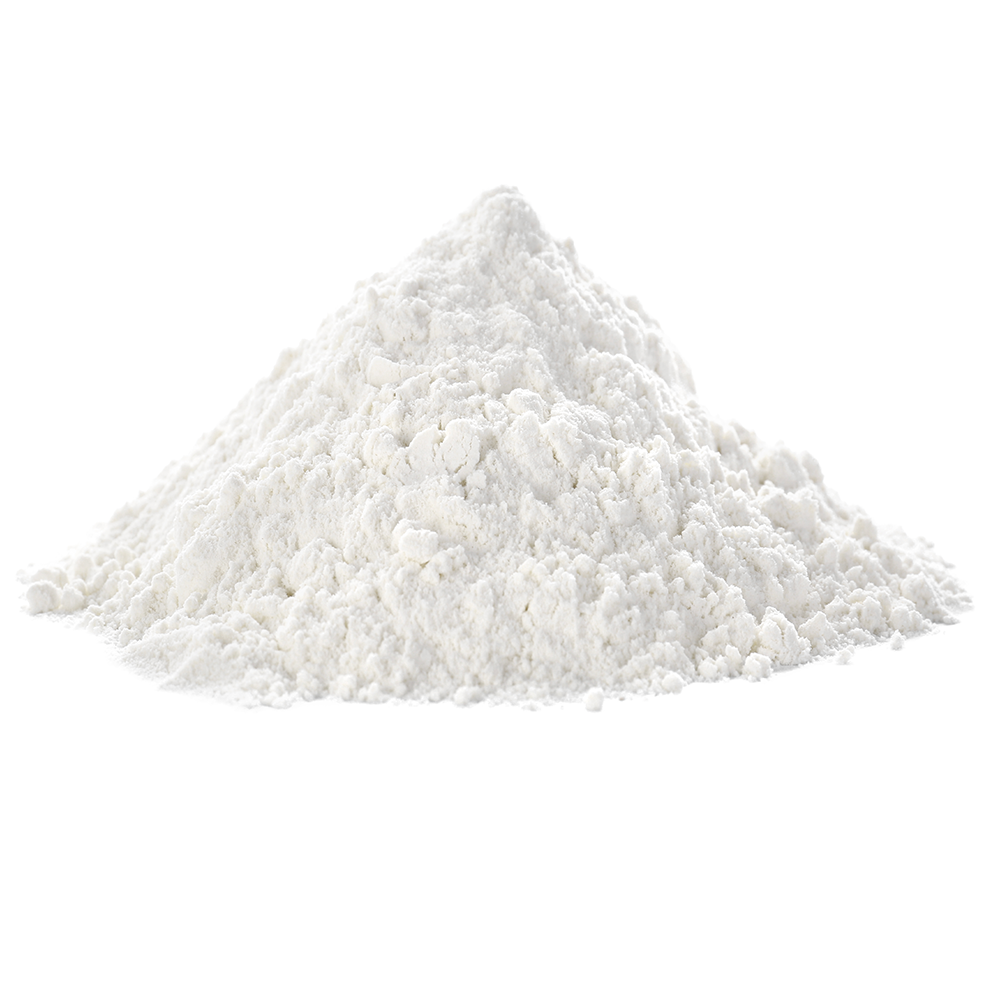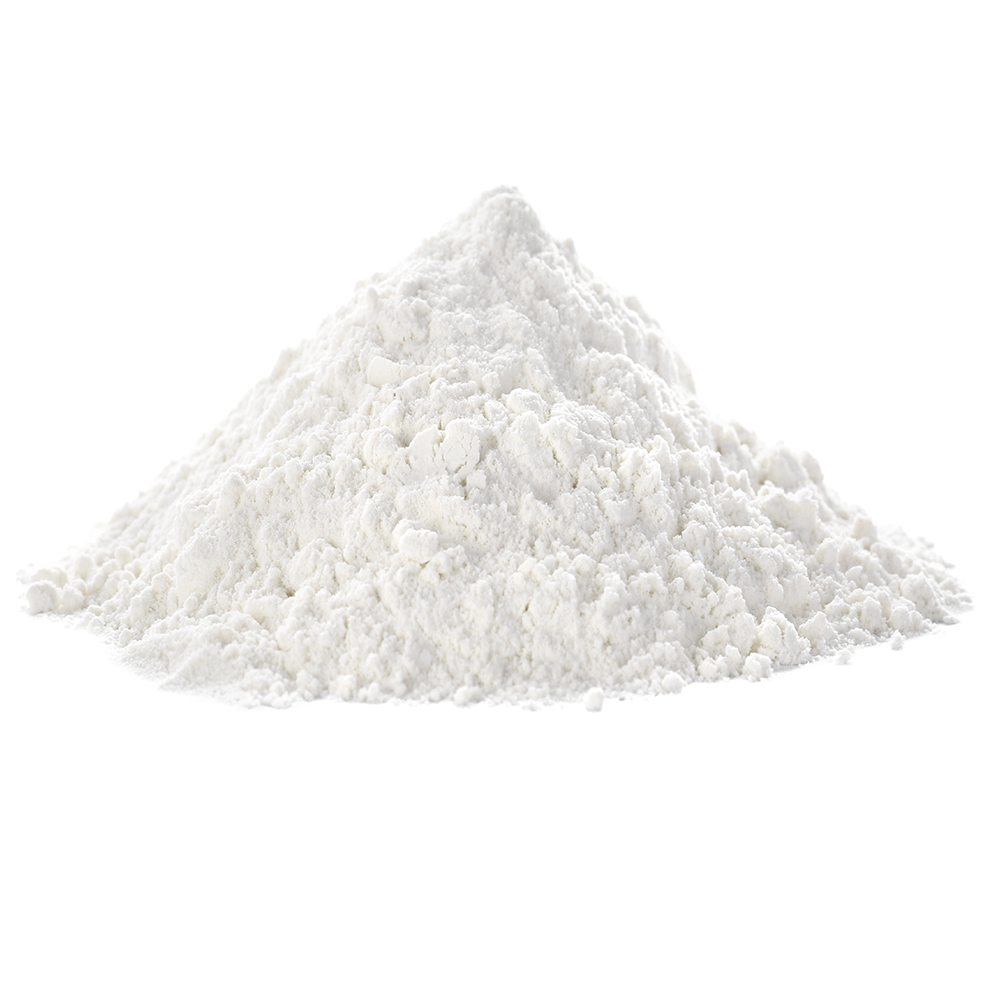How World Events and Disasters Impact the Global Supply Chain
There are human tragedies, and there are business tragedies. Sometimes, the two intersect.
This article explores how world events, critical port incidents, and natural disruptions impact global supply chains.
COVID was the most obvious example, with the lives it took, the families it shattered, and the businesses it upended. We’re all still feeling the impact of COVID, as individuals and as businesses, and we likely will for many years to come.
Long-Term Impact of COVID-19 on Supply Chains
A catastrophe that great, leading to disruption so massive, can easily make us forget the thin threads that tie together the long chain of exporting and importing. The fact is that an industry’s ability to get product from one place to another in a timely matter stares at challenges every day that can put a major kink in an otherwise smooth operation.
How Accidents at Key Ports Disrupt Supply Chains
Such was the case on an early morning in late March of this year when a cargo ship rammed into Baltimore’s Francis Scott Key Bridge, causing the bridge to crumble like a house of cards and six men just doing their jobs on the bridge to lose their lives.
The human toll aside (although for those families, friends, and employers of the people who died, there will be no putting it aside), there are consequences for businesses when even one link of the supply chain breaks. In the case of the Port of Baltimore, there was a good deal more than one link that was broken.
The Domino Effect of Supply Chain Disruptions
When one element of the supply chain fails, businesses face a ripple effect. Port closures, traffic diversions, and custom delays can lead to increased costs and logistical challenges that trickle down through the entire supply chain.
Critical vulnerabilities in your supply chain
Every supply chain contains weak points that can be difficult to spot until a crisis hits. Events like the bridge collapse in Baltimore expose these vulnerabilities, leaving businesses to assess and mitigate future risks. Identifying critical vulnerabilities in your supply chain early on helps ensure resilience against major disruptions that could halt operations.
Supply Chain Consulting for Risk Management
Businesses that invest in supply chain consulting often have a stronger grasp of potential risks. Consulting firms bring in specialized knowledge to assess weak links and suggest improvements that align with company needs. By incorporating supply chain consulting, companies gain insight into strategies that bolster resilience and address vulnerabilities proactively. Proactive risk management can make a substantial difference when facing unexpected challenges.
What happened in the Port of Baltimore is another reminder of the complexity and fragility of the supply chain. While we all like to think about the supply chain as moving in a straight line, in actuality, that straight line can be pushed off course at a moment’s notice by Mother Nature, accidents and errors, big and small.
The impact can set into motion a chain reaction that can disrupt your business plans, especially if you aren’t paying attention and don’t have the right partners asking the right questions, including this one: Do you have the right amount of ingredient inventory to take you through a crisis?
As an article in the Washington Post explained, the bridge’s collapse in Baltimore “threaten[ed] to further tangle already-stressed supply chains.” (1)
Planning for Supply Chain Disruptions
Unexpected delays in the shipping process can unsettle business operations. By assessing potential interruptions and securing supply chain consulting, businesses can better plan for inventory needs and maintain smoother operations despite unforeseen disruptions.
With the Port of Baltimore ranking in the top 20 ports in the U.S., car imports and coal exports are just two segments likely to feel the impact directly. At Vitajoy, we don’t expect any direct impact on our business; however, we do expect that the indirect impact on our industry could result in export and import delays, increased pricing, and disruptions to even the best timeline plans.
Understanding the Ripple Effects of Port Disruptions
Vessel traffic displaced from the Port of Baltimore got stuck, with cargo ships waiting to be cleared to another port. But that in itself creates a different set of problems.
“While not one of the largest U.S. ports, Baltimore is still a significant port,” said Michelle Hartman, director of supply chain, Vitajoy Group USA, “and when other ports have to accommodate for the even temporary loss of a port, as with Baltimore, it creates stress and extra work across the board on vessel traffic controllers and for those working at the accommodating ports.”
The dance of ships becomes a complicated tango for those overseeing the ports and a game of chess for shipping companies scrambling to get imports in and exports out, all the while focusing on keeping worried customers from jumping ship, so to speak. It’s a recipe for grey hair and increased prices.
Although this particular situation may not be the one where our industry will see shipping companies raise prices to cover the changes and chaos, if it turns out that the financial loss is so great that they need to spread the pain across all their customers, even those not affected directly by this port closing should assume those prices would be shared throughout the supply chain.
For sure, companies waiting for their shipments should expect log jams. Even once the goods are settled into an alternate port, there is the added delay in getting through customs as an increase in the number of ships will also increase the workload for customs agents.
Then there’s this: finding the party who will cover costs. The FBI has opened a criminal investigation into the cargo ship that caused the bridge to tumble, according to news reports. (2)
The City of Baltimore recently announced that even as it deals with the “devastating loss of life” and “significant economic hardship to businesses and employees,” it has taken “legal steps” to seek “recourse from those who may potentially be responsible.” According to the press release issued by the City, “…the ship’s owner filed a petition to limit its liability mere days after the incident.” (3)
Global Shipping Challenges: Panama Canal, Suez Canal, and Beyond
Drought, geopolitical issues, and natural disasters increasingly impact critical maritime routes. The bottom line is that if it’s not one thing, it may be another when it comes to the supply chain. For example, the Panama Canal, one of the world’s most important shipping conduits, typically carries five percent of the world’s maritime trade and 40 percent of U.S. container traffic. Extreme drought led to low water levels in the Panama Canal, which in turn, forced authorities to significantly cut back on ship traffic through the Panama Canal. The scale back resulted in delays and higher shipping costs, according to media reports. (4)
All the while another key shipping channel, the Suez Canal, is also experiencing disruptions, having limited commercial shipping due to the ongoing Middle East conflict. (4)
Building Resilience Against Supply Chain Crises
What’s a customer to do?
- Even though the best-laid plans of men and women often go awry, it’s still best to have a plan.
- We understand that forecasting and managing your ingredient inventory is a combination of strong business acumen and a bit of luck. Having a relationship with an ingredient supplier you trust and can be open with about your ingredients needs can go a long way to sharing the burden.
- Determine your company’s tolerance for risk. Is it better to have extra inventory on hand so you don’t have to worry about getting stock in when situations like the one in Baltimore occur? Or does your company like to play the odds and take your chances that you won’t get caught in a supply chain disruption situation?
- If your plan does go awry by some devastating incident or some unanticipated shakeup to the supply chain, think about putting new orders in as soon as possible, before prices rise and before your company ends up on the back of the long line of cargo ships searching for any port in a supply chain disruption storm.
To avoid becoming collateral in global supply chain crises, proactive planning is essential.
References:
- See How the Key Bridge Collapse Will Disrupt the Supply of Cars, Coal, and Tofu, Washington Post, March 27, 2024
- FBI Opens Criminal Probe into Francis Scott Key Bridge Collapse in Baltimore, NBC News, April 15, 2024
- Press Release: Mayor Scott Announces Legal Steps Taken by the City of Baltimore in Response to Key Bridge Collapse, April 15, 2024
- Panama Canal Drought Causes Global Disruptions, PBS News Hour, January 31, 2024









